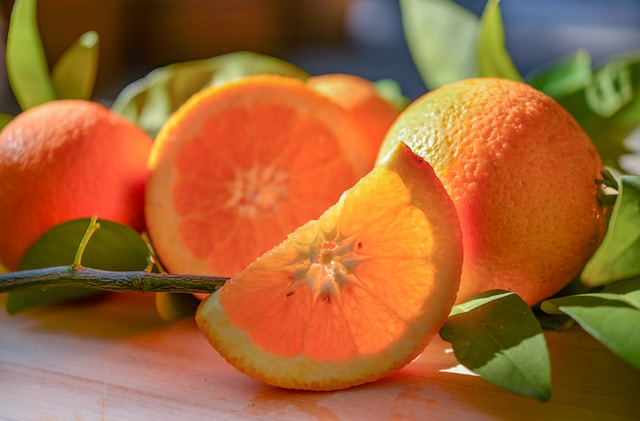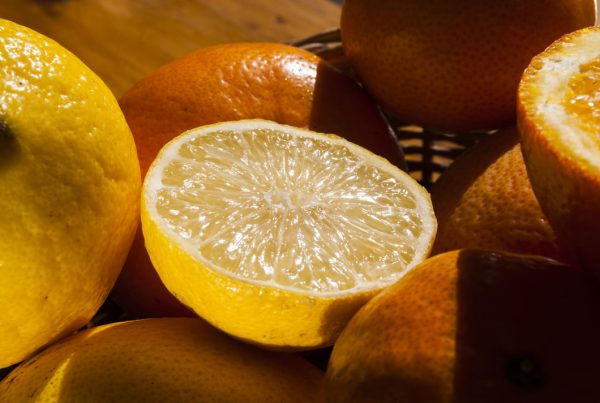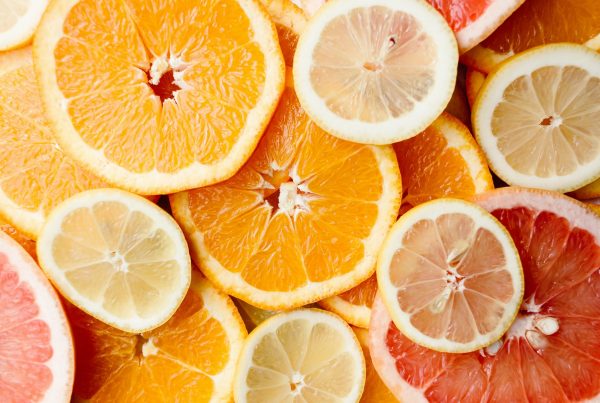Newsletter 159 – 11.30.2023
Lemon
For years the lemon was the star product of Argentine fruit growing. Thanks to the favorable agroclimatic conditions of Tucumán, its excellent quality, integrated companies, good technological level and coordination between sectors, it is a very strong industry. For two decades it has remained the world's leading lemon producer and industrializer. But the last campaigns were increasingly complicated. The favorable global outlook that existed for many years led to a strong expansion of cultivation in the main producing countries. But the growing competition is beginning to be felt more and more, and following the logic of the market, as supply exceeds demand, prices fall. On the other hand, costs increase, which is why the economic balance becomes negative. This is happening now in Tucumán: this business, which shined for many years, is beginning to show its negative side. What is felt most are the very low prices that are being managed in the industry, to which 70% of the production is sent. Industries demand less lemon and the values paid are not profitable.
The other branch of the activity, fresh export, to which a third of the production is destined, is not proving to be a very attractive alternative either and does not compensate for the losses suffered with the lemon-industry. Internal costs are very high, logistics are complicated, the dollar is very low, and competition in external markets is fierce. All this complicates exports, as reflected in the drop in exported volumes. The 2023 campaign ends with a total exported of 220,000 tons, 15% less than in 2022 and one of the lowest levels in recent years. The first purchasing country was the US, which received 75,000 tons, the largest volume since this market opened a few years ago. Together with Latin America, they are the destinations that received more lemons than in 2022. While the traditional ones, Europe, Russia and Asia received less than in 2022 and than in previous years. 94,000 tons were sent to Europe. This value is very far from the historical value of 150-200,000 tons. South Africa, with its aggressive trade policy, has displaced Argentina from its leading position during the European counter-season. In the campaign that has just ended, South Africa contributed 2/3 of the southern lemons and Argentina 1/3. A few years ago the relationship was reversed. On the other hand, Russia and its neighbors have not been able to recover from their political-economic crises and once again only purchased limited volumes (42,000 tons).
Mandarins and Oranges
In contrast to lemons, the sweet citrus season was positive. This was due to the good response of the domestic market. As a consequence of the three years of intense drought, this year's production was very low. It is estimated that the harvest fell 30-40% below usual. The beginning of the year was not very promising, but then, as the campaign developed, it started to rain. The rains were abundant, to the point that the year ended with excess water in several locations. The fruit, of which there were fewer per tree, was able to take advantage of the water supply, acquiring good internal and external quality. The result was a smaller harvest, but of good quality, which managed to sell very well in the domestic market. Prices exceeded those of other years (taking into account inflation) and occasionally also those of other fruits. This is not common, since traditionally mandarins and oranges are the cheapest fruits, costing half as much as other fruits. But this year they competed equally with pears, apples, watermelons and grapes.
On the other hand, and contrary to what is happening with lemons, the orange processing industry is short of raw materials, which is why it offers very attractive prices. The retraction that is occurring in the large orange producers, Florida and Brazil as a result of diseases and pests, led to a shortage of industrial oranges worldwide. Therefore, there is great interest on the part of the juice industry to supply oranges.
The third destination for sweet citrus, fresh export had little impact in the campaign that is about to end. The lower production was absorbed by the domestic market or industry, making it unattractive to send it abroad. For years, Argentine sweet citrus fruits have suffered the lack of competitiveness in foreign markets (high internal costs, health restrictions, low dollar, lack of agreements and treaties with purchasing countries, high tariffs, etc.). For years, the export of mandarins has been increasingly reduced. The 100,000 tons exported 10 years ago were reduced to 25,000 tons in the current campaign. With the exception of Latin America, all other destinations received less than in 2022 and than in previous years. Oranges also suffer a decline in their exports, but less marked than in the case of mandarins. From the 100,000 tons exported 10 years ago, it went to 60-80,000 tons. But in the season that is about to end there were only 30,000 tons. Also in this case, exports to all destinations were reduced.
Outlook
After many years in which lemon was the star of the sector, this year the situation was reversed and the favored ones were sweet citrus fruits. It is very difficult to anticipate whether this will be repeated next year, since there are many factors that determine the success of a campaign. But the current outlook for lemon is delicate, while that of sweet citrus appears favorable.







